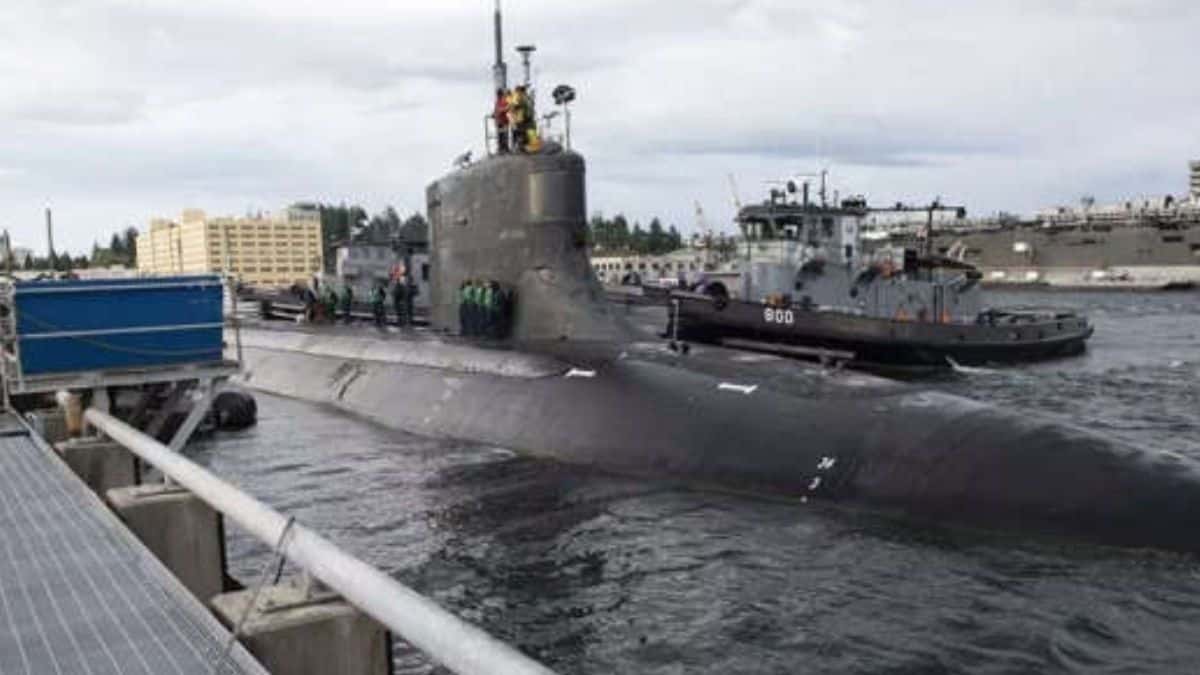How did a $3 billion US Navy submarine crashed in South China Sea?

The submarine collision into an underwater ridge in the South China Sea in October was “preventable,” according to a Navy study, and was caused by navigation planning and risk management flaws, among other things.
According to the command investigation, the errors “fell substantially below US Navy standards,” and the disaster rendered the USS Connecticut nuclear-powered Seawolf-class submarine unable to operate “for an extended length of time” due to the damage.
The mishap left eleven sailors with minor injuries, the most serious of which was a scalp laceration and a broken scapula. However, on the way to Guam after the incident, Connecticut’s captain discovered that more than a third of the crew would benefit from mental health care.
“A grounding at this speed and depth might result in more serious injuries, fatalities, and potentially the destruction of the ship,” wrote the investigation’s lead officer, Rear Admiral Christopher Cavanaugh.
The ship’s commanding officer, executive officer, and head of the boat were all dismissed from their duties by the Navy in November. Three more crew members should be dismissed from their roles, according to the findings of the command investigation.
According to the study, the navigation review team, which included the commanding officer, failed to locate and label at least 10 underwater dangers near the grounding site, and the crew wrongly assumed the submarine would be operating in an open area. The submarine also had “poor standards” since the captain did not hold personnel accountable for navigational errors or inadequacies.


